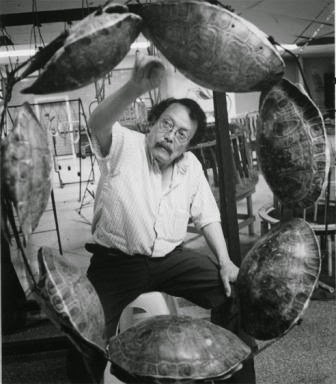Manuel Jose de Quiros
 Manuel Jose de Quiros is an 18th century Guatemalan composer, teacher and collector who was appointed maestro de capilla of Guatemala City Cathedral in March of 1738, where he served until his death. His extant compositions are Spanish villancicos which exhibit his interest in local color and ethnic texts. A few of his compositions are in Latin, an example being Parce mihi Domine. The majority of his works are arranged for two-seven voices and all have instrumental accompan
Manuel Jose de Quiros is an 18th century Guatemalan composer, teacher and collector who was appointed maestro de capilla of Guatemala City Cathedral in March of 1738, where he served until his death. His extant compositions are Spanish villancicos which exhibit his interest in local color and ethnic texts. A few of his compositions are in Latin, an example being Parce mihi Domine. The majority of his works are arranged for two-seven voices and all have instrumental accompaniment.
During his teaching years one of his outstanding students included his nephew and composer Rafael Antonio Castellanos, who later became maestro de capilla. He would also collect music by Italian composers and contemporary Spanish composers. The music that was collected and his own compositions can be found in the Archivo Historico Arquidiocesano in Guatemala City.
Discography
- El baratillo (1758)
- Jesús, Jesús, y lo que subes (1743), 2 treble voices, continuo
- Parce mihi Domine, two choirs
Bibliography: Lemmon, A. E., (n.d.). Manuel José de Quiros. Grove Music Online. Oxford Music Online. Retrieved March 4, 2012 from:
http://www.oxfordmusiconline.com.ezproxy.lib.umb.edu/subscriber/article/grove/music/41253?q=Manuel++Jose+de+Quiros&search=quick&pos=1&_start=1#firsthit













